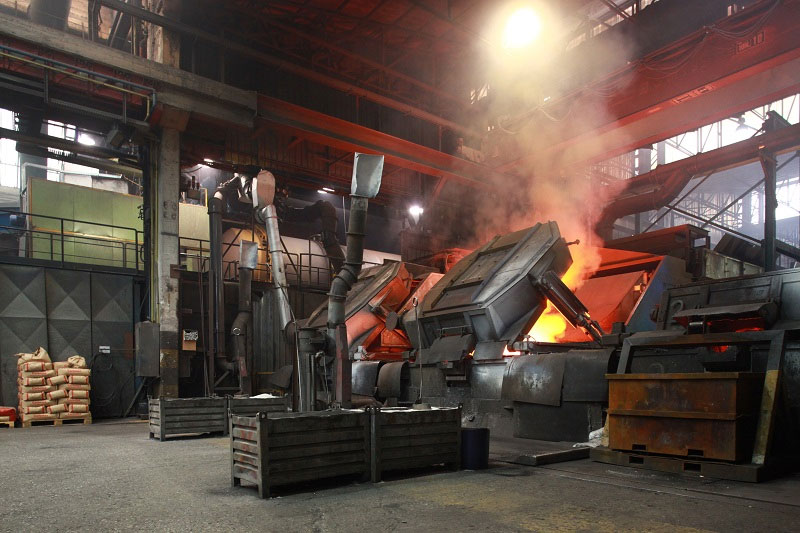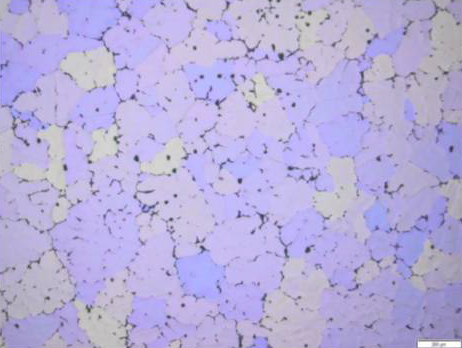Aeronautics
The RPASinAir project has the strategic objective of developing the use of Remotely Piloted Aircraft Systems (RPAS) and innovative sensors connected to airborne, satellite or public archive systems, which are capable of reporting critical events and of helping to prevent and manage emergencies (floods, landslides, earthquakes, industrial accidents).
The project strengthens the mission of supporting the development of the aerospace industry entrusted to Taranto-Grottaglie airport in the National Airport Plan approved by the Italian Ministry of Transport in 2016.
Development of advanced features of traffic control applications (ATC) for the integrated management of air traffic with and without pilot on board. Creation of a center for the collection, management and processing of Earth Observation data in an integrated logic with other data sources (satellites, ...) capable of processing the data acquired by the SAPR in real-time or near real-time and providing services monitoring of the territory, risk prevention and emergency management.
Development of new sensors designed to detect sources of risk for the territory: hydrogeological risk, cryospheric risk and risk related to the presence of dust (volcanic or from fires) in the atmosphere.
Testing and demonstration of the systems developed in the project (SE, ATM, applications, sensors) in laboratory and real environments with the execution of missions with RPAS to demonstrate the achievement of the expected performances.
EnginSoft was involved in developing a methodology to manage the paths of Remote Piloted Aircraft Systems with respect to unforeseen events.
DTA - DISTRETTO TECNOLOGICO AEROSPAZIALE, AEROPORTI DI PUGLIA, CNR - CONSIGLIO NAZIONALE DELLE RICERCA, ENAV SPA, ENEA - AGENZIA NAZIONALE PER LE NUOVE TECNOLOGIE, L’ENERGIA E LO SVILUPPO ECONOMICO SOSTENIBILE, ENGINSOFT SPA, INFN - ISTITUTO NAZIONALE DI FISICA NUCLEARE, LEONARDO, PLANETEK ITALIA SRL, POLITECNICO DI BARI, TELESPAZIO, UNIVERSITÀ DEGLI STUDI DI ENNA “KORE”, UNIVERSITÀ DEGLI STUDI DI BARI, VITROCISET
Funding Scheme MIUR Programma Operativo Nazionale (PON) “Ricerca e Innovazione 2014-2020” | Call identifier Avviso MIUR n. 1735 del 13/07/2017


30 months
November 2018 - April 2021
Distretto Tecnologico Aerospaziale (DTA) scarl
Vito Primavera
14

Some of our competences in research and technology transfer

Research project
Il progetto supporta alcune aziende della rete SINFONET nell'utilizzo di servizi specialistici, di assistenza, orientamento, affiancamento, informazione e promozione dell’export, per promuovere non solo le proprie specificità ma anche l’intero complesso della filiera fonderia.

Research project
The AGILE project arises from the discussions within the Veneto system of companies and research organizations, and from a post-emergency perspective, identifies as its strategic approach the capacity for an "agile" reconversion of production systems through the application of advanced solutions for product innovation. It forms part of the "Smart Manufacturing" specialization strategy.

Research project
L’innovatività del progetto GAP consiste nello sviluppo di materiali metallici innovativi, con potenzialità applicative multi-settoriali, incrementate dalla sperimentazione di nuove tecnologie specifiche (utilizzo di anime ceramiche per la pressocolata, trattamenti superficiali, metodologie di giunzione).